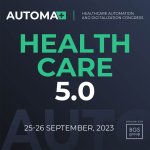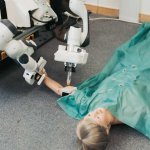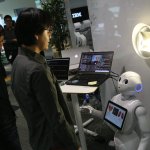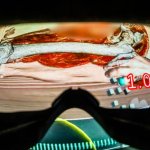
News • Intratumoral approach for hard-to-treat glioma
Microdevices implanted into tumor to help treat brain cancer
A new type of microdevice could offer new ways to treat brain cancer. The shape and size of a grain of rice, it is implanted into a tumor to study the effects of ongoing therapies.


























